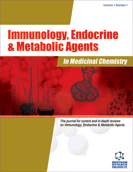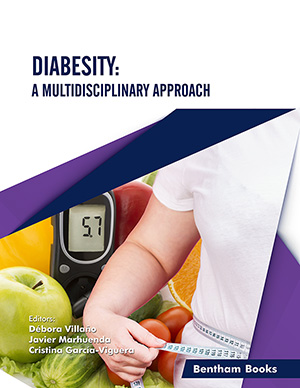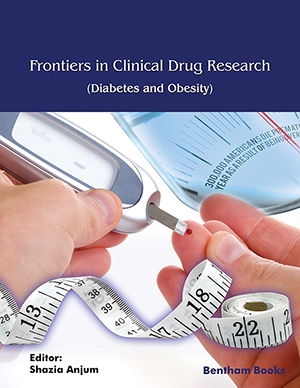Abstract
Asymmetric dimethylarginine (ADMA) is an endogenous competitive inhibitor of nitric oxide synthase and is independently associated with poor cardiovascular outcomes. However, the direct relationship between serum ADMA level and the extent of subclinical coronary atherosclerotic plaque has never been investigated. In total, 130 consecutive asymptomatic Taiwanese subjects (mean age, 55.6±10 years), who received a health screening evaluation, were enrolled. Coronary plaque detected by computed tomography coronary angiography (CTCA) was observed in 85 (65.4%) of 130 individuals. Patients with coronary plaque had a higher ADMA level (1.16±1.15 μmol/L vs. 0.42 ± 0.33 μmol /L, p<0.001). The Receiver Operating Characteristic (ROC) curve analysis and further statistics revealed that individuals with an elevated ADMA level (≥0.6 μmol /L) had an increased prevalence of any plaque type, including calcified and noncalcified plaque (83% vs 39% P<0.001). Further multivariable logistic regression analysis after adjusting for conventional risk factors demonstrated that elevated ADMA (≥ 0.6 μmol /L, 76.5% sensitivity and 68.9% specificity) could independently predict the presence of coronary plaque (Odds ratio: 9.040; 95% confidence interval, 3.16 to 25.86, p<0.001). Our study demonstrated that an elevated ADMA level is associated with an increased prevalence of coronary plaque. Longitudinal studies may determine whether the excess risk observed in persons with elevated ADMA may be mediated, at least in part, by an increased burden of coronary atherosclerotic plaque.
Keywords: Asymmetric dimethylarginine (ADMA), asymptomatic, atherosclerotic plaque, computed tomography coronary angiography (CTCA), coronary atherosclerosis, endothelial dysfunction, nitric oxide (NO)
 13
13








